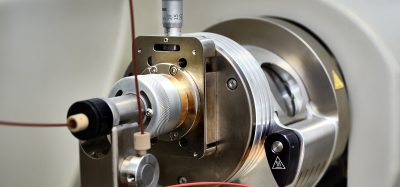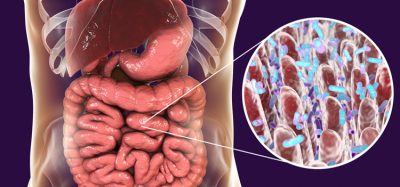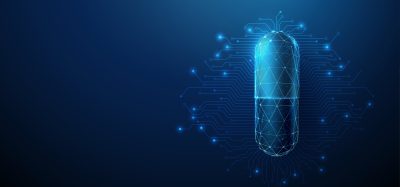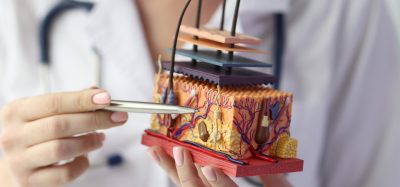PANACEA consortium to increase global access to NMR spectroscopy
Posted: 26 October 2021 | Anna Begley (Drug Target Review) | No comments yet
The Pan-European Solid-State NMR Infrastructure for Chemistry-Enabling Access will offer researchers access to over 30 NMR spectrometers.
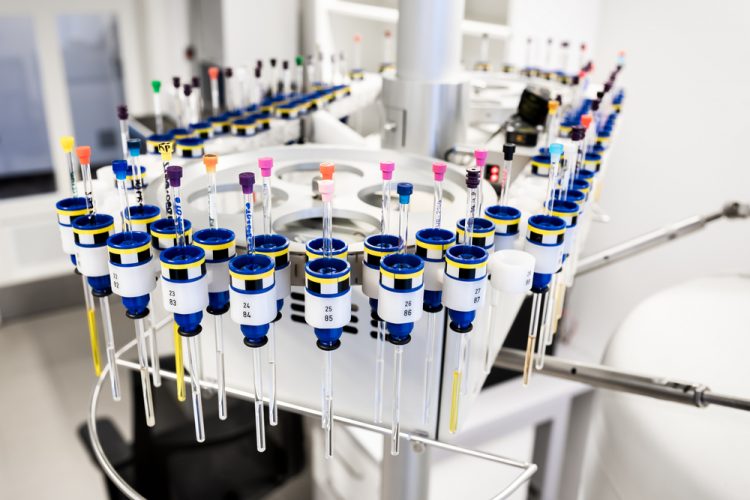

A new consortium, known as the Pan-European Solid-State NMR Infrastructure for Chemistry-Enabling Access (PANACEA), has received funding to offer trans-national access to more than 30 unique nuclear magnetic resonance (NMR) spectrometers to cover the most advanced solid-state NMR techniques and applications.
ARTICLE: Determining the structure of nanobodies using nuclear magnetic resonance spectroscopy
Today, solid-state NMR spectroscopy is uniquely positioned to characterise the structure and dynamics at the atomic-level and can reveal morphology in solid substrates. However, these methods rely on the use of sophisticated and costly solid-state NMR equipment that is only available in a handful of national facilities and the rarity of the instrumentation and associated operational know-how has restricted the uptake of these enabling methods by the broader base.
To enable researchers from European academia and industry to extend innovative chemistry research, the EU has invested €5 million to PANACEA through its Horizon 2020 programme. The consortium aims at facilitating the generation of knowledge and advances in pharmaceutical, fine chemicals, cosmetics, food and other industries.
PANACEA will bring together seven national infrastructures across Europe and one infrastructure in the US, and by opening them to all European researchers, ensuring their optimal use and joint development. Specifically, the project will offer trans-national access (1,700 instrument days) to more than 30 unique NMR spectrometers ranging from 100 to 1500 MHz.
PANACEA will build on the expertise of the partners headed by Aarhus University develop new web-based software tools to simplify the analysis and interpretation of NMR experiments to non-expert users. In addition, the consortium will develop new instrumentation and protocols that will extend the applicability of the NMR technique to a broader range of solids, including new and innovative materials that are attracting the interest of the wider academic and industrial community: energy storage materials, catalytic surfaces, polymer thin films, porous materials for gas capture, storage or separation, implants and drugs for pharmaceutical formulations.
Related topics
Funding, Imaging, Nuclear Magnetic Resonance (NMR), Pharmacology, Research & Development, Small Molecules, Spectroscopy
Related organisations
Aarhus University



